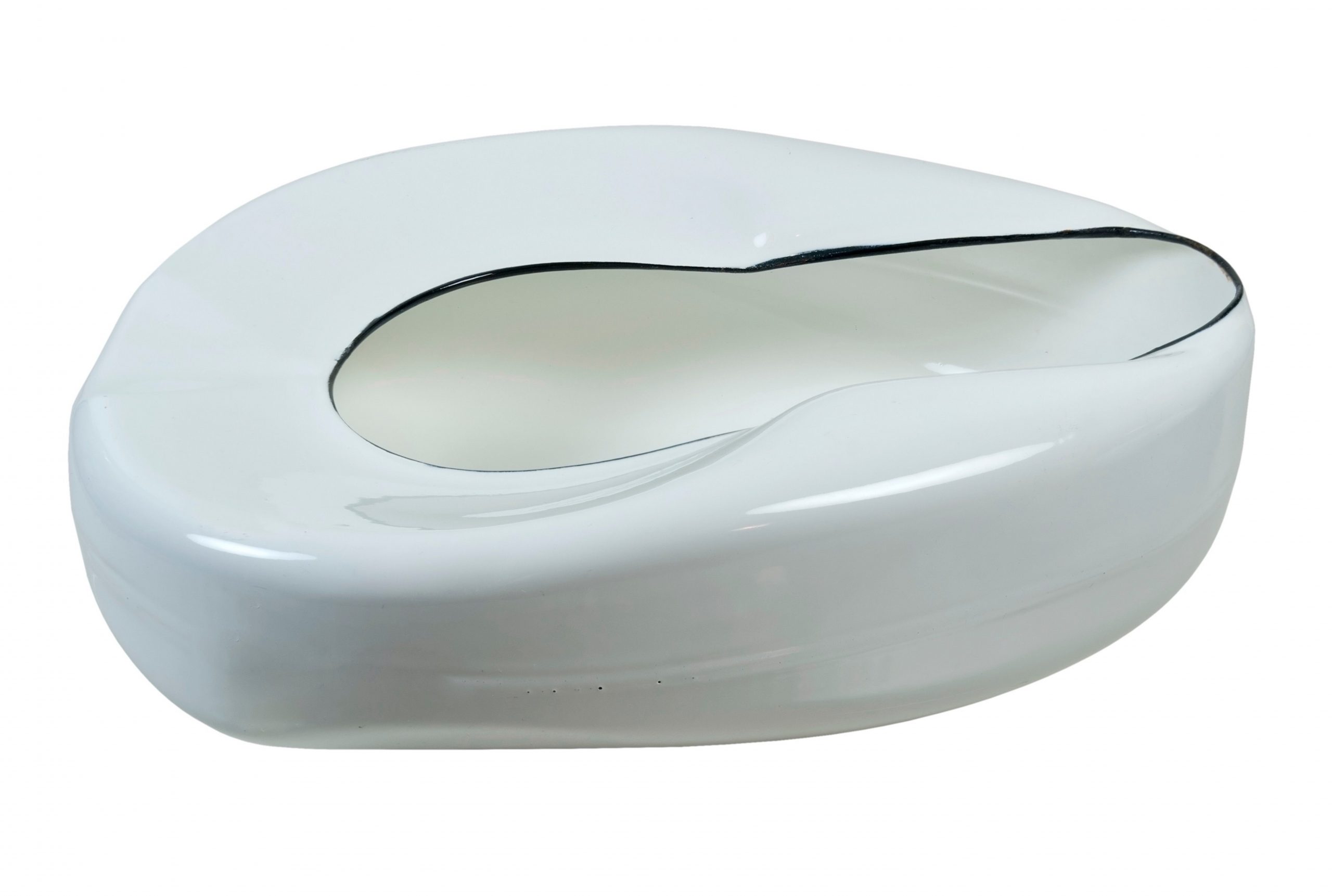
Sometimes a person may not be able to make it to the bathroom on their own, either because they are recovering from surgery or have long-term health issues.
It’s likely that many people will need to think about being able to change a loved one’s bedpan at home.
Research published recently in the journal Health Affairs found that the seniors most likely to need paid home care to continue living at home were also the least likely to be able to afford it.
“Most people who become frail at older ages rely on unpaid family caregivers,” lead researcher Richard Johnson, a senior fellow with the Urban Institute’s Income and Benefits Policy Center, in Washington, D.C., said when the study was published. “Those are the people who provide the vast majority of care.”
Despite that grim fact, it is still possible to help your loved one meet their toileting needs with the kindness and dignity that everyone deserves.
If this is your first foray into the world of bedpans, alternatives and the best way to make this work, there’s a lot to know.
Fortunately, this simple item has been around a long time, so there is plenty of information on what is available and how to use it.
How do bedpans and bedpan alternatives work?
Bedpans and bedpan alternatives, such as portable urinals, allow someone to eliminate their urine or feces without getting up from their bed, according to Kaiser Permanente and the nonprofit HealthWise.
The devices are not so different than what existed in the 18th century, according to the National Library of Medicine (NLM).
Styles can be broken down into regular and fracture, according to the NLM. The fracture style is meant for people who are recovering from fractures, just like it sounds. It’s smaller.
Typically, bedpans are made of metal or plastic, according to Kaiser Permanente. Some have liners for easier cleaning. They are shaped to fit under a person, whether sitting or lying in bed.
How to use a bedpan
Good hygiene is, of course, a very important element in bedpan use.
Kaiser Permanente suggests wearing gloves after washing and drying hands.
It’s also important to be ready with cleaning supplies for the person you’re caring for, including toilet paper and wipes, a place to set aside the bedpan while cleaning the person and an incontinence pad to protect the bed in case of spills, Kaiser Permanente suggests.
The incontinence pad should be placed under the buttocks and thighs, the NLM suggests.
If the person you’re caring for is able to do so, have them pull down their own pants and underwear. You can help preserve dignity here by using a sheet or blanket as a privacy curtain.
It can be embarrassing for someone to use a bedpan, so it’s important to maintain patient dignity at all times, asking others to leave the room, the NLM recommends.
Tissue paper or powder may be used on the bedpan to help prevent the person’s skin from sticking to the bedpan, the NLM suggests. Placing the bedpan depends on the mobility level of the patient. If the person can sit up or lift their hips slightly, you can slide the pan under the person’s bottom, according to Kaiser Permanente. If not, you can help turn the person to their side, gently press the bedpan onto their bottom and then help them turn back onto the pan.
The NLM notes that the wide area of the bedpan points toward the patient’s head.
Never place the patient too close to the edge of the bed, so the person does not fall, the NLM cautions. Leave the room to offer privacy, if possible, Kaiser Permanente suggests, but check back often so that the pan can be removed as soon as possible.
Remove the pan by gently rolling the person off of it, away from you. Set the pan aside, while helping the person wipe if needed, Kaiser Permanente suggests.
Provide the patient with hand wipes, so they can ensure good hygiene, the NLM suggests.
Bedpan alternatives
A variety of catheters exist that are used to drain urine. They can be both internal and external or even used intermittently, according to the NLM.
Portable urinals come in varieties specifically for men and for women, according to a U.S. Centers for Disease Control and Prevention presentation on alternatives to catheters.
In men, a portable urinal can be used in patients who don’t have urological problems and who are cooperative, the CDC said. The device looks a bit like a jug with a wider opening.
In women, the design is a little different but similar, with an opening and small receptacle for the urine.
Numerous online retailers also sell commode chairs, a sturdy portable toilet to be used outside of the bed.
Adult diapers are another alternative. These can be used for incontinence or for a loved one who has mobility issues, according to the University of Pittsburgh Medical Center (UPMC).
Disposable adult diapers that are absorbent and have side fasteners are good for those who have heavy incontinence or trouble standing, according to UPMC.
Cleaning bedpans and bedpan alternatives
After helping a person you’re caring for use a bedpan, it’s important to dispose of the bedpan’s contents in a toilet, according to Kaiser Permanente.
The bedpan should then be rinsed and cleaned with a disinfectant diluted with water.
It is possible to get a small sprayer to attach to toilet water, making it easier to clean and rinse the bedpan, Kaiser notes.
The bedpan can be air dried or wiped dry.
Where to buy bedpans and bedpan alternatives
Bed pans can be purchased at local medical supply stores or online retailers.
These include chain pharmacy stores such as CVS, Rite Aid, Target, Walgreens and Walmart. Amazon.com also carries them. So do several online medical supply sellers, such as:
Source: HealthDay

Leave a Reply